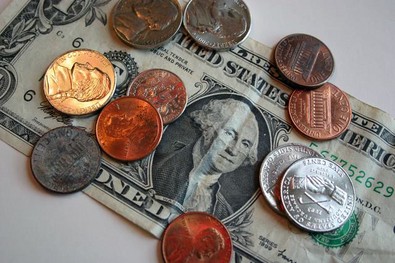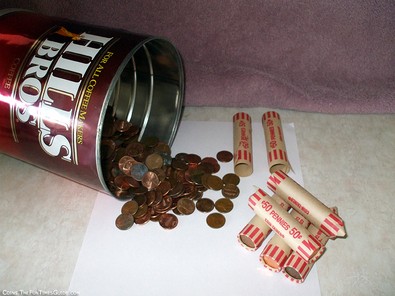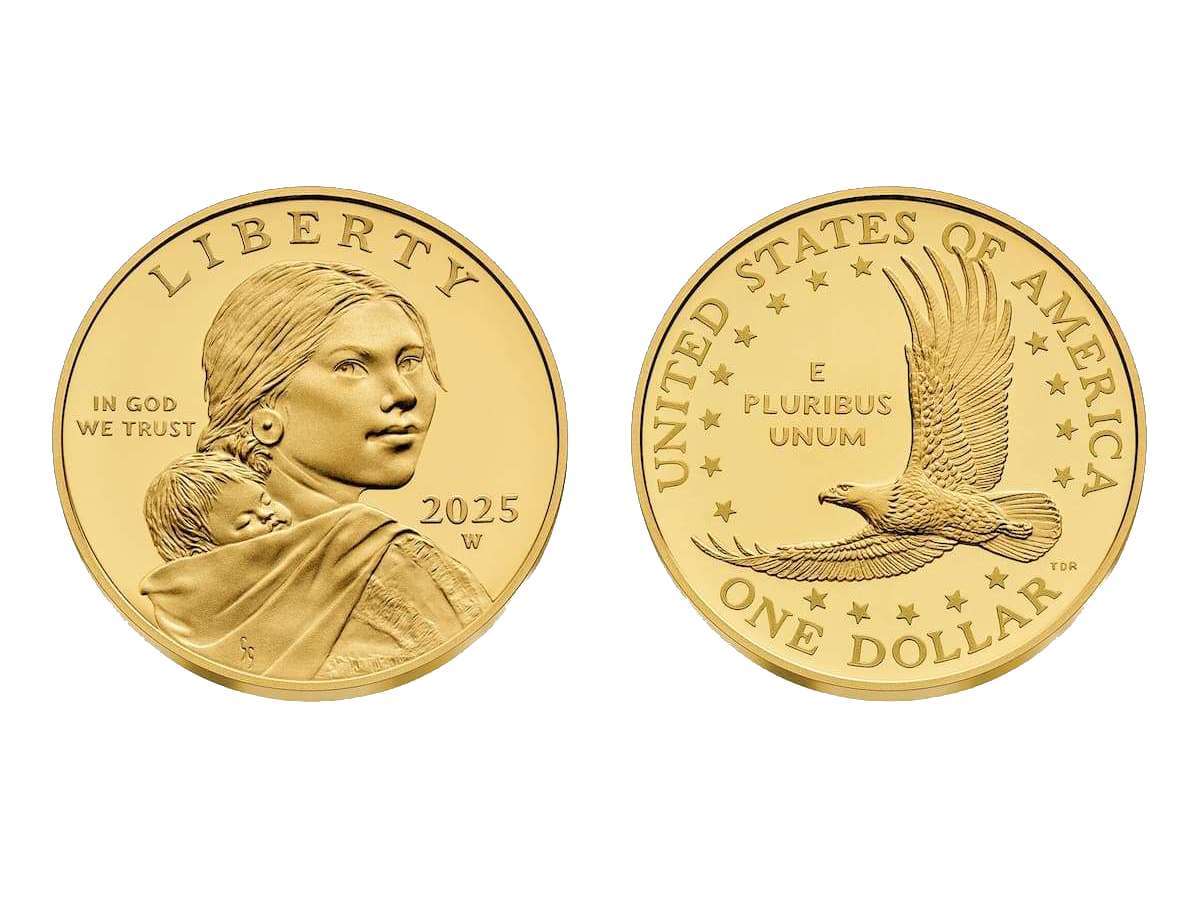It’s surprising what ends up in your spare change after making a simple purchase.
For years, I’ve maintained the habit of checking my change for anything of interest before putting it in my pocket to be recycled and spent on the next purchase.
Penny Change
Pennies (which are more of an annoyance than anything else) have accumulated to ridiculous quantities.
Every few days, I clean out my small plastic coin holder — the kind you squeeze to gain access through the slotted opening to a small group of coins.
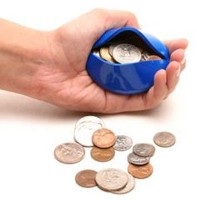 Coin holders like this are very handy if you need parking change, or to buy a newspaper. Inside, I always leave room for a few quarters, so the pennies get pulled out and dumped into a coffee can we have on a shelf in the utility room.
Coin holders like this are very handy if you need parking change, or to buy a newspaper. Inside, I always leave room for a few quarters, so the pennies get pulled out and dumped into a coffee can we have on a shelf in the utility room.
When the 3-pound coffee can gets nearly full, I buy wrappers and roll the pennies into neat stacks of 50 each. Do I exchange them at the bank? For whatever reason, no. Instead, I move them to a cardboard box in the back of the closet. Who knows why; I can’t explain it. There they set… adding up to 75-100 lbs or more of bulk in the closet — all neatly rolled and stacked.
I think my subconscious looks at them as a savings account for hard times. Maybe someday they’ll become valuable. When they finally accept the uselessness of pennies and stop making them, I’ll be all set. I’ll have a valuable collection of vintage copper coins just waiting for the day they become scare and increase dramatically in value.
State Quarters
Beginning in 1999, the Treasury Department, in all its wisdom, decided to mint a new series of quarters. An individual design for each state to be stamped out at the rate of 5 different states per year. The aim was to hopefully renew interest in a fading pastime: the collecting of coins.
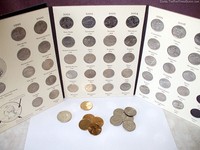 It worked. I was bitten by the coin collecting bug at that time. As soon as the first state quarter became available, I got mine and quickly purchased a folding cardboard display book to continue my collection.
It worked. I was bitten by the coin collecting bug at that time. As soon as the first state quarter became available, I got mine and quickly purchased a folding cardboard display book to continue my collection.
Unusual for me, I’ve stuck with it. This year (2008) is the final year to finish the collection. I have the first 2 for this year, and the only ones remaining are Arizona, Alaska and Hawaii.
One thing that is interesting… I’ve managed to complete my coin collection strictly from pocket change. Every morning when I stop to pick up a newspaper, I faithfully check to see if the 2 quarters in change are the next coins for my collection.
Along the way, other unique coins have made their way into my informal collection of coins, as well. For example, the gold colored presidential dollar coins that started recently, the Sacagawea and Susan B. Anthony dollars — I have them all. They’ve even stamped a variety of new nickels, and I have some of them as well.
What To Look For In Your Pocket Change
The way I’ve built my coin collection is that I simply got in the habit of paying for small purchases with paper money. That way, I would receive a new supply of spare change to inspect for anything that might stand out as a possible collector item. It’s surprising how often you can find a coin that is older than you are. (And at my age, anything older then me is worth hanging onto.)
With all these new coins coming into circulation in recent years, I find that many don’t remain in the mainstream for very long. Upon being issued, there’s a short period of time when they seem to flood the market with them, then they rapidly disappear as new coin collectors snatch them up. Of course, this makes even the casual collector more vigilant in checking their change in order to make sure they don’t miss out! As these coins get grabbed up and squirreled away, it’s only a matter of time until their value will climb.
Finding the value of a coin is as close as the Internet. A quick check will tell you if you hit the jackpot. Or, if you’re more serious about it, you can always get a coin pricing guide.
Being a casual coin collector is a low-cost hobby that’s lots of fun. Everyone can afford the impact of taking a coin out of circulation every now and then.
It can be like winning the lottery when that day comes along that you find that one “odd coin” in your pocket. All it takes is a quick glance at your change before pocketing it, and you too can become a casual coin collector… a collector of pocket change!

